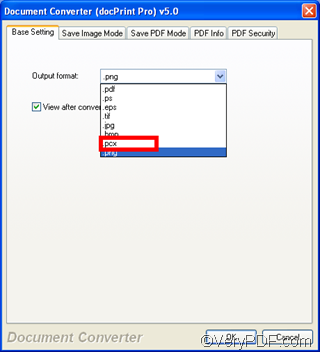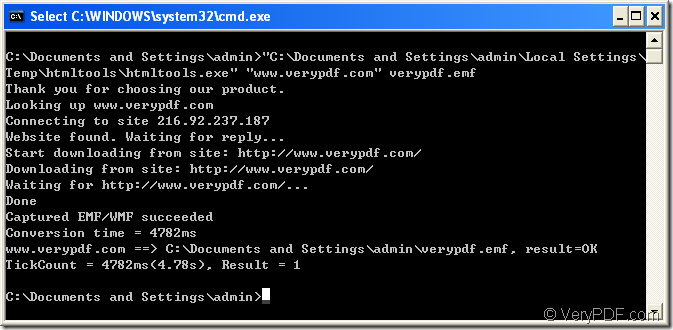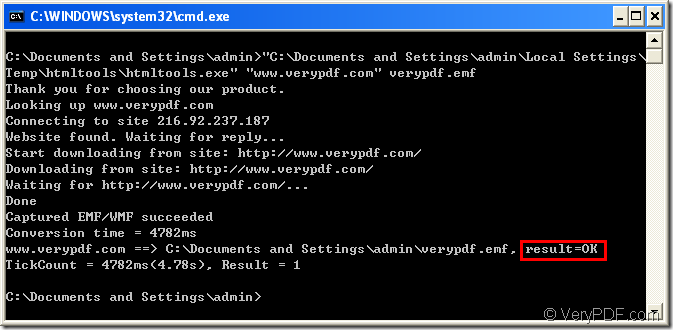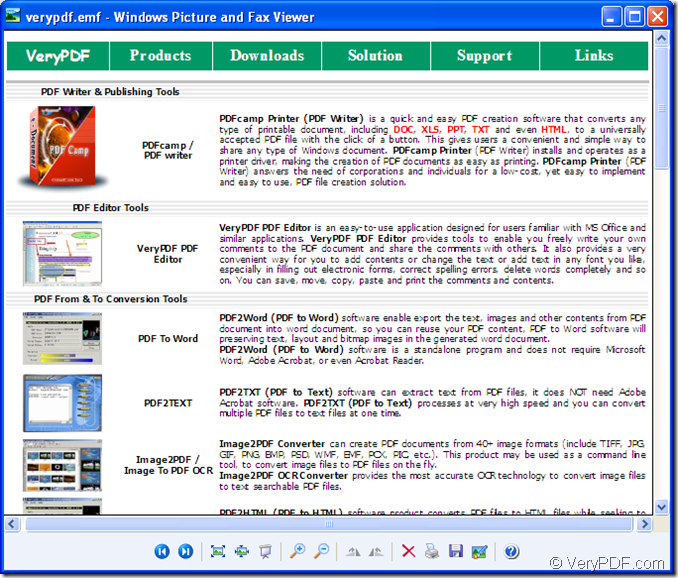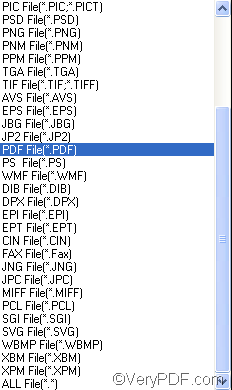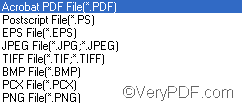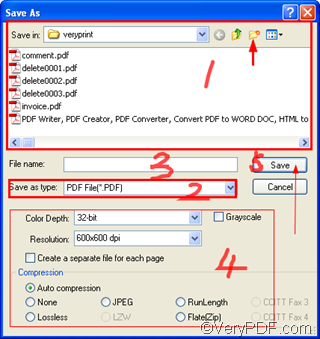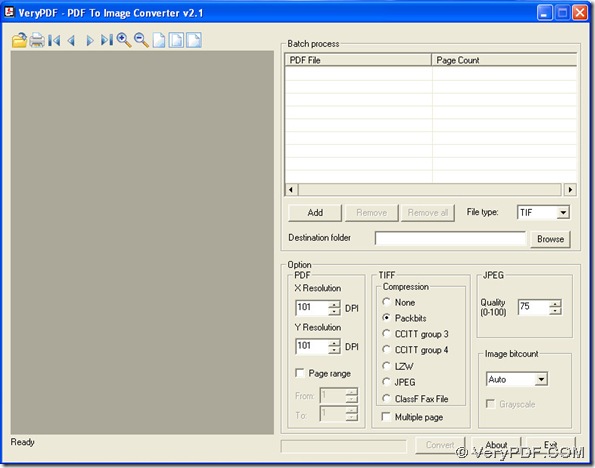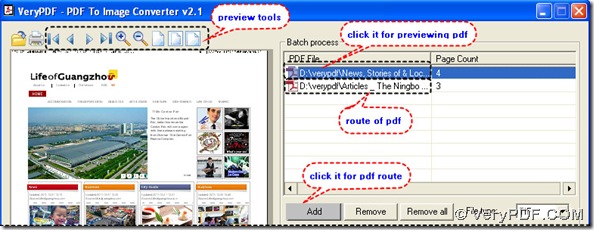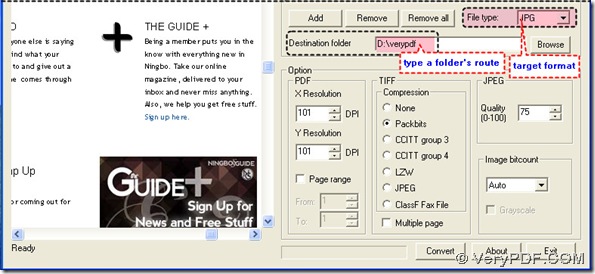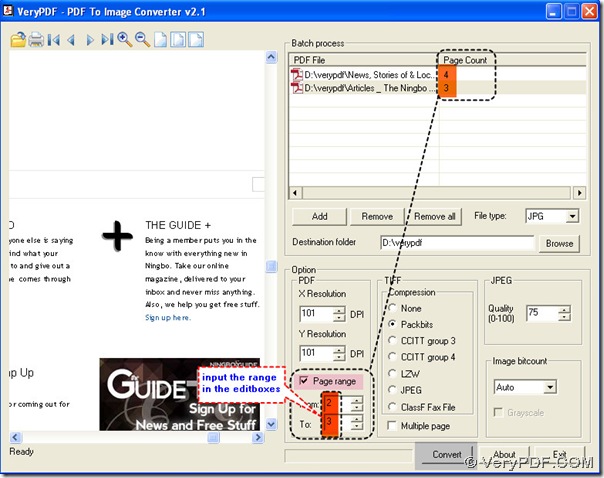Can I convert lots of Office documents to PCX format?
Yes, you can use VeryPDF docPrint pro to convert lots of Office documents to PCX format. you can also
As a matter of fact, VeryPDF docPrint pro is a document converter which can\convert any printable documents to BMP, DCX, EMF, WMF, GIF, JPG, MNG, PBM, PCD, PCX, PGM, PIC, PSD, PNG, PNM, PPM, TGA, TIFF, AVS, JBG, JP2, PDF, PS, EPS, WBMP, XBMP, XPM, etc. files. etc. files. In addition, you can enhances your applications by expanding their output capabilities. It also provides a regular console interface and GUI interface to batch convert document files. To download VeryPDF docPrint pro or read more information of VeryPDF docPrint, please visit the following website at https://www.verypdf.com/artprint/index.html .
This article will introduce how to use VeryPDF docPrint to conver lot of Office documents to PCX format in batch. You can follow the following steps:
1 Run VeryPDF docPrint pro
2 Input the office files
Drag the Office documents to the list box of the VeryPDF docPrint pro
Or you can click “Add files”>select all the files you want to convert from Word to PCX files.
3 Specify settings
Click “setting’ in the dialog box titled VeryPDF docPrint pro>select PCX as the output format> “ok”
4 Save the paper
Click “Start” to run the “save as” dialog box> select a proper directory to save the outputting files.>click “OK” to start converting.
When there are too may documents you want to convert from Word to PCX for a time. the process will take
longer.
5 Evaluate the conversation
Open the saved PCX files you have converted from Word documnt, and scroll through it to confirm that the text and images have been converted appropriately. In most cases, VeryPDF docPrint pro saves Word documents as PCX files with impressive integrity, However, depending on the way the document was created and originally encoded, you may need to adjust spacing or make minor correction.

